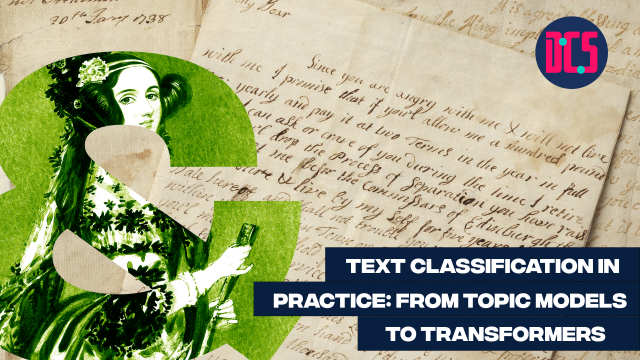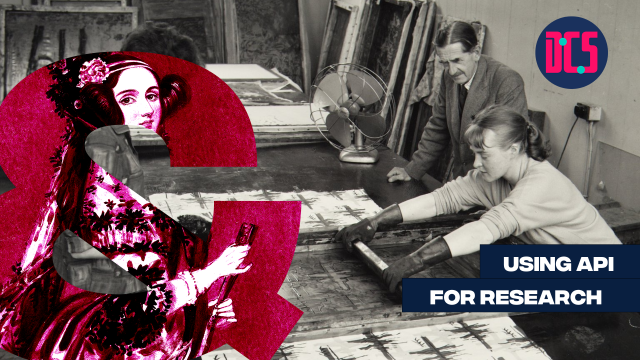Introduction to text analysis

The amount of textual data available to us grows each day, comprising a huge resource which is potentially of tremendous value. This workshop will introduce the process of extracting meaningful structured data and information from text.
Participants will use Python and NLTK (Natural Language Toolkit) for the retrieval of basic textual information such as:
-
Word frequencies
-
Plots of frequency distributions
-
Common word pairs
-
Part of Speech tagging
The workshop will take place on Microsoft Teams via the Silent Disco mode. This is an asynchronous event, this means that when attending, you will work through the tutorial at your own pace with an instructor available online to help you with any issues.
This is an intermediate level event. Intermediate events explore specific aspects of the method (libraries, tools etc.) and offer more in-depth understanding of the course topics, without introducing the basics. Some previous knowledge is required to be able to follow the content.
Those who have registered to take part will receive an email with full details and a link to join the session in advance of the start time.
After taking part in this event, you may decide that you need some further help in applying what you have learnt to your research. If so, you can book a Data Surgery meeting with one of our training fellows.
More details about Data Surgeries.
If you’re new to this training event format, or to CDCS training events in general, read more on what to expect from CDCS training. Here you will also find details of our cancellation and no-show policy, which applies to this event.
Return to the Training Homepage to see other available events.












